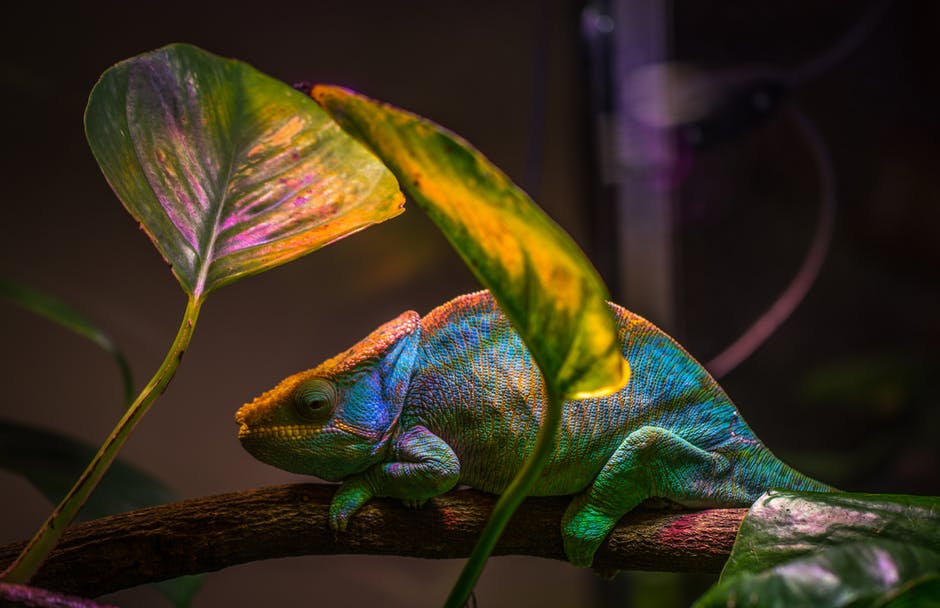Chameleons glow blue under UV light
(Picture credit: David Prötzel, ZSM/LMU)
Chameleons are well known for their ability to change colour to suit their environment, but a new study has revealed they also change under UV light.
Researchers in Munich have discovered that different species of the genus Calumma, biogenically fluoresce in recent study. Often seen in the animal kingdom amongst marine species, biogenic fluorescence is rare in terrestrial species.
“So we could hardly believe our eyes when we illuminated the chameleons in our collection with a UV lamp, and almost all species showed blue, previously invisible patterns on the head, some even over the whole body,” says David Prötzel, lead author and PhD student at the Bavarian State Collection of Zoology (ZSM).
Biogenic fluorescence is simply a vivid colour produced when a living organism is exposed to UV light. Bone tissue for example is naturally fluorescent, partly due to its collagen protein. However few land dwelling species show their inner glowing ability on the surface.
The study used micro-CT scans to reveal that patterns of blue fluorescence matched a pattern of small bone projections called tubercles beneath the skin on the chameleon’s skull. The skin covering these tubercles was found to be very thin, consisting of a transparent layer of epidermis, therefore allowing light to reach the bone below.
(Video credit: David Prötzel)
It was also found that male chameleons studied had significantly more fluorescent tubercles than female. Researchers suggest this could be a potential link between species recognition. However more investigation is required to explain it’s biological relevance.
“It has long been known that bones fluoresce under UV light, but that animals use this phenomenon to fluoresce themselves has surprised us and was previously unknown,” says Dr. Frank Glaw, Curator of Herpetology at the Bavarian State Collection of Zoology.
For more science and technology articles, pick up the latest copy of How It Works from all good retailers or from our website now. If you have a tablet or smartphone, you can also download the digital version onto your iOS or Android device. To make sure you never miss an issue of How It Works magazine, subscribe today!
Other articles you may like:
How do chameleons camouflage themselves?
Watch a chameleon change colour before your eyes






